#Web Design Examples
Explore tagged Tumblr posts
Text
The new Discord UI looks like ass. Like it's even worse than the last update. The text and icons are so small given how much space there is? It looks like an intern put it together in fucking Dreamweaver with no idea on how to space shit apart.
It's so stupid looking. Even the compact layout has so much pointless empty space between elements??
PLEASE hire a new designer it just looks horrible and I can't even communicate how/why.
#I haaaate tiny icons floating in empty space like that#nothing is aligned properly either like the message bar is floating on a higher point than the status bar#with wasted space beneath it for no reason#its been so long since the last time I took web design in college but I feel like this is an example of what not to do???#I hate that the channel name has so much wasted space and covers a good chunk of messages for literally no reason#why is the events button so big???#just I'm begging you please calm down with the padding it's not a fucking sports bra holy shiiiiit
6 notes
·
View notes
Text

CSS Responsive Layout
#css responsive layout#responsive web design#css tricks#html css#codenewbies#frontenddevelopment#html5 css3#css#css animation examples#webdesign
3 notes
·
View notes
Text

Card Flip Animation Using CSS
#card flip animation#css animation examples#css animation tutorial#css animation effect#card flip effect#css card flip animation#css card design#html css#html5 css3#animation#codingflicks#web design#frontend#frontenddevelopment#learn to code
8 notes
·
View notes
Text
Responsive HTML Church Website
#responsive church website#responsive web design#html css#css flexbox examples#css flexbox website#css tutorial#css#webdesign#html#css3#divinector
3 notes
·
View notes
Text
every time rivals comes out with a new skin or character with a fugly-ass costume/design i think of that tweet that was like, "the mcu needs to learn from games' costumes!!" that was specifically talking about rivals and i'm like
no,
#i'm sorry but i think the rivals costume designs are mostly bad and a lot of superhero games w/ big budgets WAY over-greeble#(also i'm ngl overwatch had serious same face problems but at least i could tell the female characters apart)#some games do have solid designs and there are some good suits in MSM for example but broadly#like midnight suns has some okay costumes but a lot of it is fuck ugly#BUT i think movie costume designers should be looking at *comics* as well as stuff like sports and dance costumes#nadia rambles#you know what movie had really fun and stylish costumes? unironically madame web#i actually do like the upcoming costumes for the FF movie though... probably more than I like the Rivals FF costumes#which is a shock 'cause while i don't haaaate the mcu's costume work per se#i'm also not a huge fan of the House Style so to speak
3 notes
·
View notes
Text






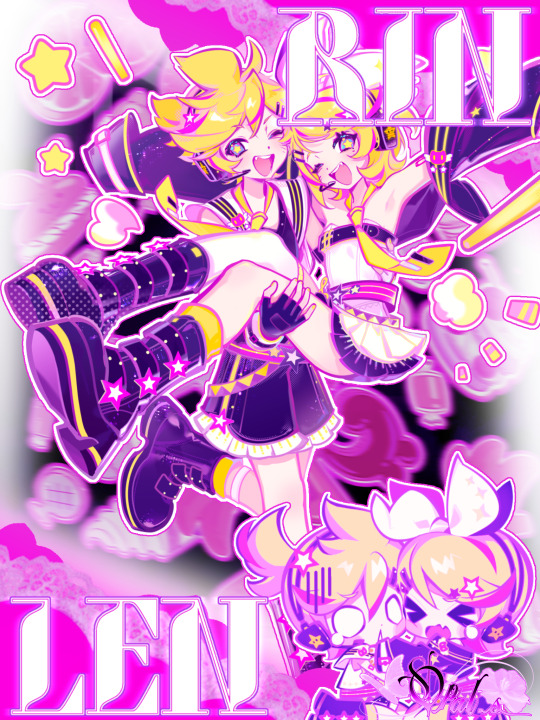



Example GFX & new watermark
NF2U DM me for discord and/or more info
꒰͡ 𐙚 ͡꒱ GFX Comms open.
Base price : $12 USD / MOD: Paypal/Nitro/deco
Price varies according to the number of characters, complexity, and what it will be used for.
Any sets are 50% the base price, plus any additional payment..
#𓏵𓏵 ﹒ 0pxxel ⸝⸝#𓏵𓏵 ﹒ requests open ⸝⸝#𓏵𓏵 ﹒ graphics ⸝⸝#𓏵𓏵 ﹒ commissions ⸝⸝#𓏵𓏵 ﹒ graphics examples ⸝⸝#nf2u#gfx#tgcf gfx#alnst gfx#kusuriuri#kusuriuri gfx#muse dash#muse dash gfx#web graphics#graphic design#commissions open#gfx commission
4 notes
·
View notes
Text
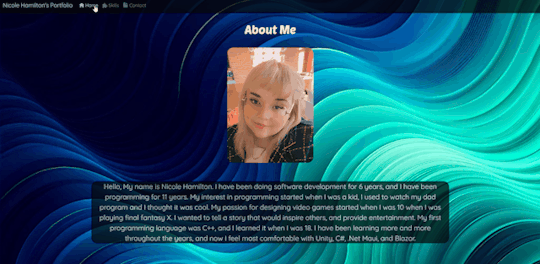
Days 128 to 129
I have worked hard on my portfolio site and added some cool animations and tool tips. I have done lots of prettying up as well. Tomorrow I'll fully implement the contact page.
#self improvement#cosmickittytalk#codeblr#csharp programming#csharp#csharp is superior#girls who code#programming#coding challenge#blazor#blazor programming#blazor website development#javascript#html css#html5 css3#htmlcoding#html5#css3#css animation examples#css#web development#website#front end development#full stack developer#coding for a year#coding#website development#website design#website animation#animated website
13 notes
·
View notes
Text
hey everyone, I'm planning on doing a write up for my website about neocities accessibility sins (things like cursors not having pointer states), lmk if any of you have seen something that makes a website hard to understand or navigate
#my posts#neocities#websites#web design#accessibility#u can leave a reply here or send me an ask! nothing is off the table#a lot of the issues im gonna bring up are pretty minor#also i miiiight ask for examples of this if u can give them but if not its all good#im not here to start drama or tell ppl how to make their website#i just want to bring up some issues that people might not've thought about
13 notes
·
View notes
Text
if i started doing neocities/nekoweb site layout commissions are there people who would pay for that sort of thing
#i'd need to like. gather some screenshots for examples of my work i guess but#ftr im a graphic/web design student#neocities#nekoweb#i can make it mobile friendly too btw
1 note
·
View note
Text
One thing about going into academia is that you WILL become incredibly passionate about at least one really niche common error.
#for example: i have cursed myself with the knowledge of what makes a facet different from a filter#and now i keep seeing people call things filters when they are. in fact. facets.#does this matter at all to anyone outside of information studies and web design?#NO!#but if you're curious you can only select one filter per category at a time#whereas you can select multiple facets per category at the same time#to use ao3 as an example: character tags are a FACET. language is a FILTER.#ship tags are a FACET. work completion status is a FILTER.#okay love you byeeee#not yr#personal#school#academic research
0 notes
Text
SUSTAINABLE PRACTICES AND TOURISM DEVELOPMENT AT THE NATIONAL MUSEUM IBADAN AS A STUDY AREA
SUSTAINABLE PRACTICES AND TOURISM DEVELOPMENT AT THE NATIONAL MUSEUM IBADAN AS A STUDY AREA ABSTRACT This research explores the role of sustainable practices in tourism development, with a focus on the National Museum Ibadan, Nigeria. The study investigates the current sustainable practices at the museum, their impact on tourism development, the challenges faced in integrating sustainability, and…
#ai ml project topics#ai project topics for final year#any project topics#bank related project topics#banking related topics for project#bba 5th sem project topics#be project topics for computer engineering#best marketing project topics#best marketing topics for project#best research project topics#best topics for project report#bible project topics#biblical and theological project topics#brand awareness project topics#business ethics project topics#business research project topics#case study topics for project management#climate change project topics#computer science project topics in python#computer science project topics on web design#dbms mini project topics using sql#dbms project topics using sql#design thinking project topics#diversity project topics#easy marketing topics for project#examples of project proposal topics#finance internship project topics for mba#financial risk management project topics#good research project topics#good science project topics
0 notes
Text
Responsive Profile Card
#responsive profile card#profile card#css cards#responsive web design#html css#codenewbies#frontenddevelopment#html5 css3#css animation examples#pure css animation#css#css animation tutorial#frontend#css3
1 note
·
View note
Text

Simple Web Layout Design
#codingflicks#html css#frontend#css#html#frontenddevelopment#css3#css animation examples#web layout design#webdesign#website design
4 notes
·
View notes
Text

Responsive Animated Web Layout
#animated web layout#animated website design#responsive web design#html css#divinector#css#frontenddevelopment#webdesign#html#css3#frontend#create a website#make a website#css layout#css animation examples#css animation tutorial#css tricks
3 notes
·
View notes
Text

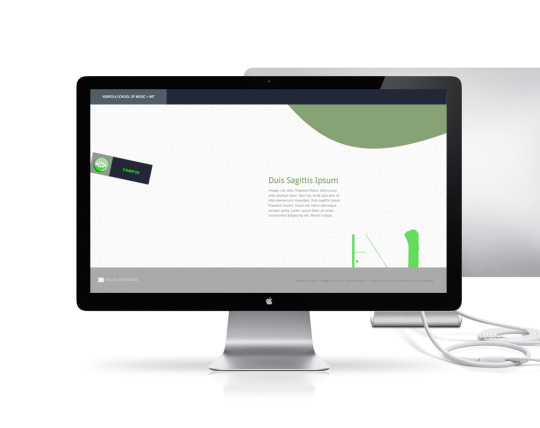
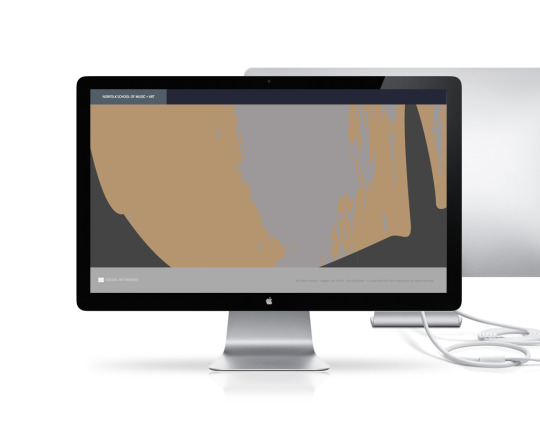
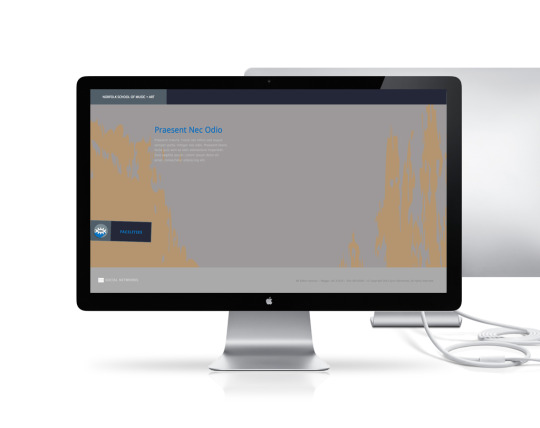

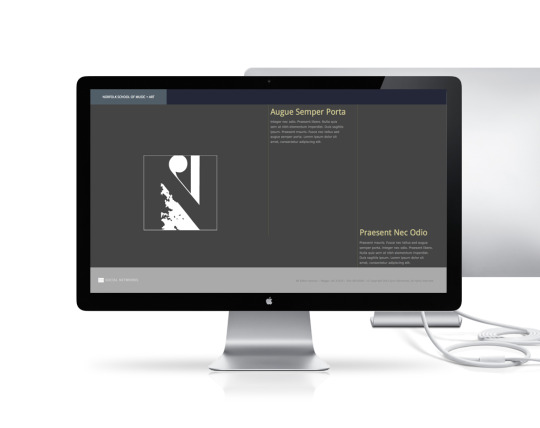
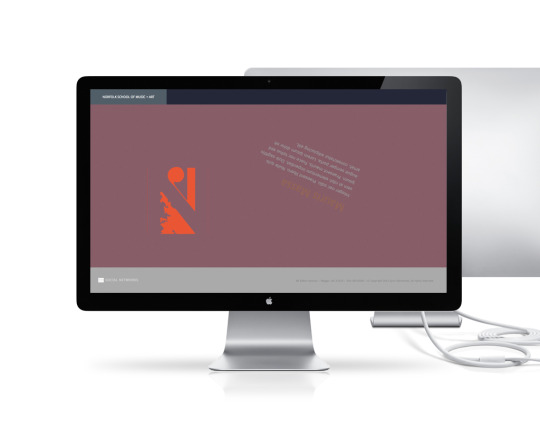
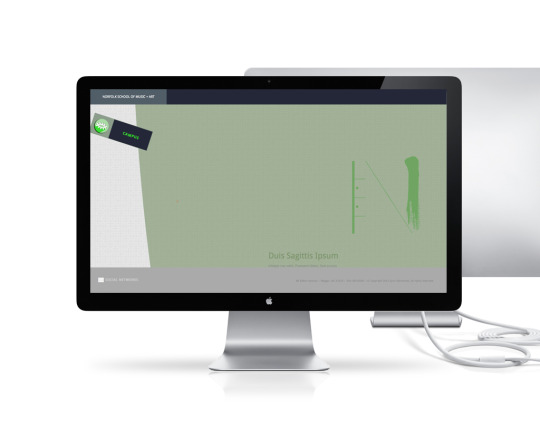
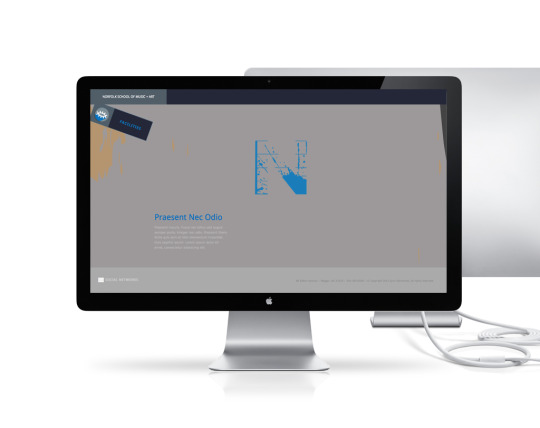
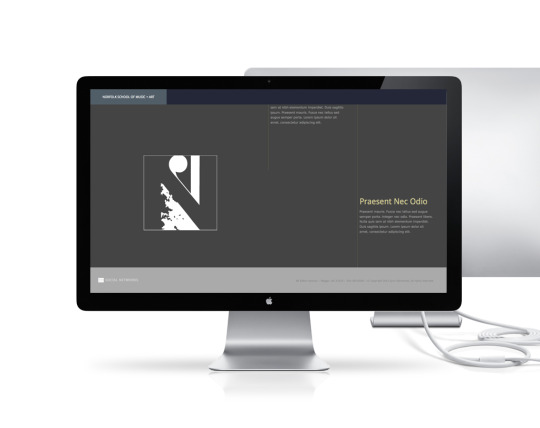



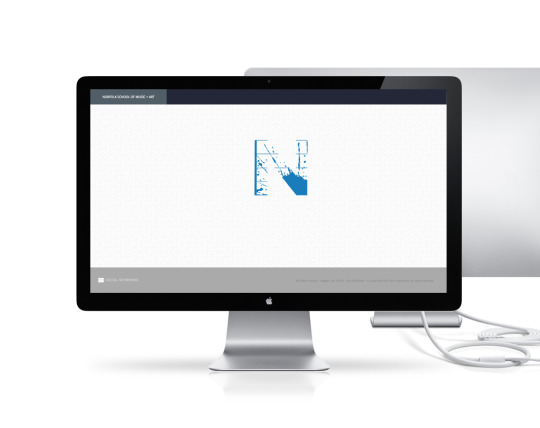

Javascript, parallax scrolling, single page web site prototype.
#parallax#javascript#frontend#html5#html5 css3#html css#code#web design#web developers#web development#website development#Lynn Stanikmas#animation#css3#css#css animation examples#html#ui ux development services#ui#ui ux design#uidesign#ux#user interface#design
1 note
·
View note